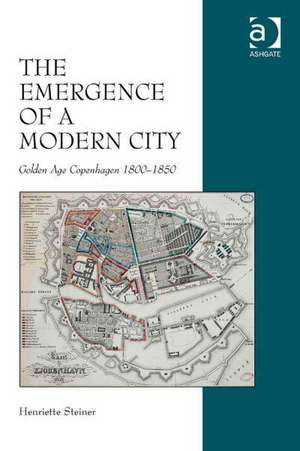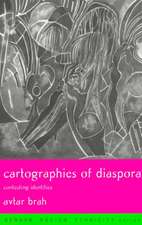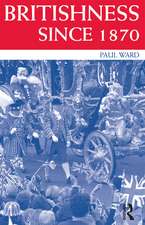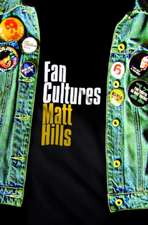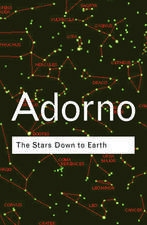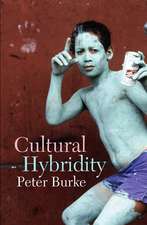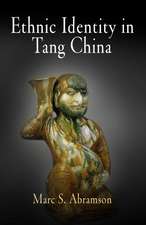The Emergence of a Modern City: Golden Age Copenhagen 1800–1850
Autor Henriette Steineren Limba Engleză Hardback – 16 apr 2014
| Toate formatele și edițiile | Preț | Express |
|---|---|---|
| Paperback (1) | 469.34 lei 6-8 săpt. | |
| Taylor & Francis – 11 noi 2016 | 469.34 lei 6-8 săpt. | |
| Hardback (1) | 1109.99 lei 6-8 săpt. | |
| Taylor & Francis – 16 apr 2014 | 1109.99 lei 6-8 săpt. |
Preț: 1109.99 lei
Preț vechi: 1353.64 lei
-18% Nou
Puncte Express: 1665
Preț estimativ în valută:
212.45€ • 220.96$ • 178.03£
212.45€ • 220.96$ • 178.03£
Carte tipărită la comandă
Livrare economică 13-27 martie
Preluare comenzi: 021 569.72.76
Specificații
ISBN-13: 9781472413253
ISBN-10: 1472413253
Pagini: 192
Dimensiuni: 156 x 234 x 13 mm
Greutate: 0.48 kg
Ediția:New.
Editura: Taylor & Francis
Colecția Routledge
Locul publicării:Oxford, United Kingdom
ISBN-10: 1472413253
Pagini: 192
Dimensiuni: 156 x 234 x 13 mm
Greutate: 0.48 kg
Ediția:New.
Editura: Taylor & Francis
Colecția Routledge
Locul publicării:Oxford, United Kingdom
Notă biografică
Henriette Steiner is Associate Professor in the Section for Landscape Architecture and Planning at the University of Copenhagen in Denmark. She graduated with a PhD from the Department of Architecture at the University of Cambridge, UK in 2008, after which she worked for five years as a Research Associate in the Department of Architecture at the ETH Zurich in Switzerland. Her research and publications cross disciplinary boundaries between architecture and the humanities, and her research interests concern the way the modern city has been represented and discussed, read and interpreted.
Cuprins
Introduction; Chapter 1 Situating Golden Age Copenhagen; Chapter 2 Narratives of Urban Life; Chapter 3 Kierkegaard’s Copenhagen and Philosophies of the Modern City; Chapter 4 Epilogue: On the City as World;
Descriere
During Denmark’s ’Golden Age’ (c. 1800 to 1850), Copenhagen came into being as a modern city on the urban-cultural level. This book examines this period in the city’s history, just before the establishment of some of the main features of the modernisation of cities associated with industrialisation, such as street lighting, sewer systems, and working class quarters. It assesses the work of the most prominent architect of the period, C.F. Hansen, in transforming the city physically, before moving on to consider writings by three citizens of Copenhagen, the philosopher Soren Kierkegaard, the novelist Thomasine Gyllembourg and the criminal Ole Kollerod, all of whom write about the city’s institutional structure and urban life.
